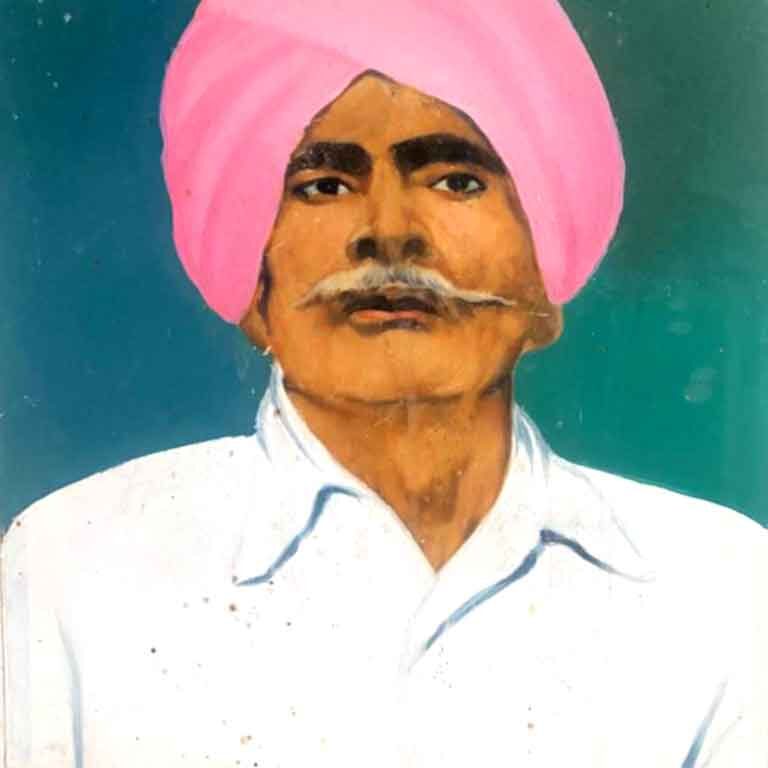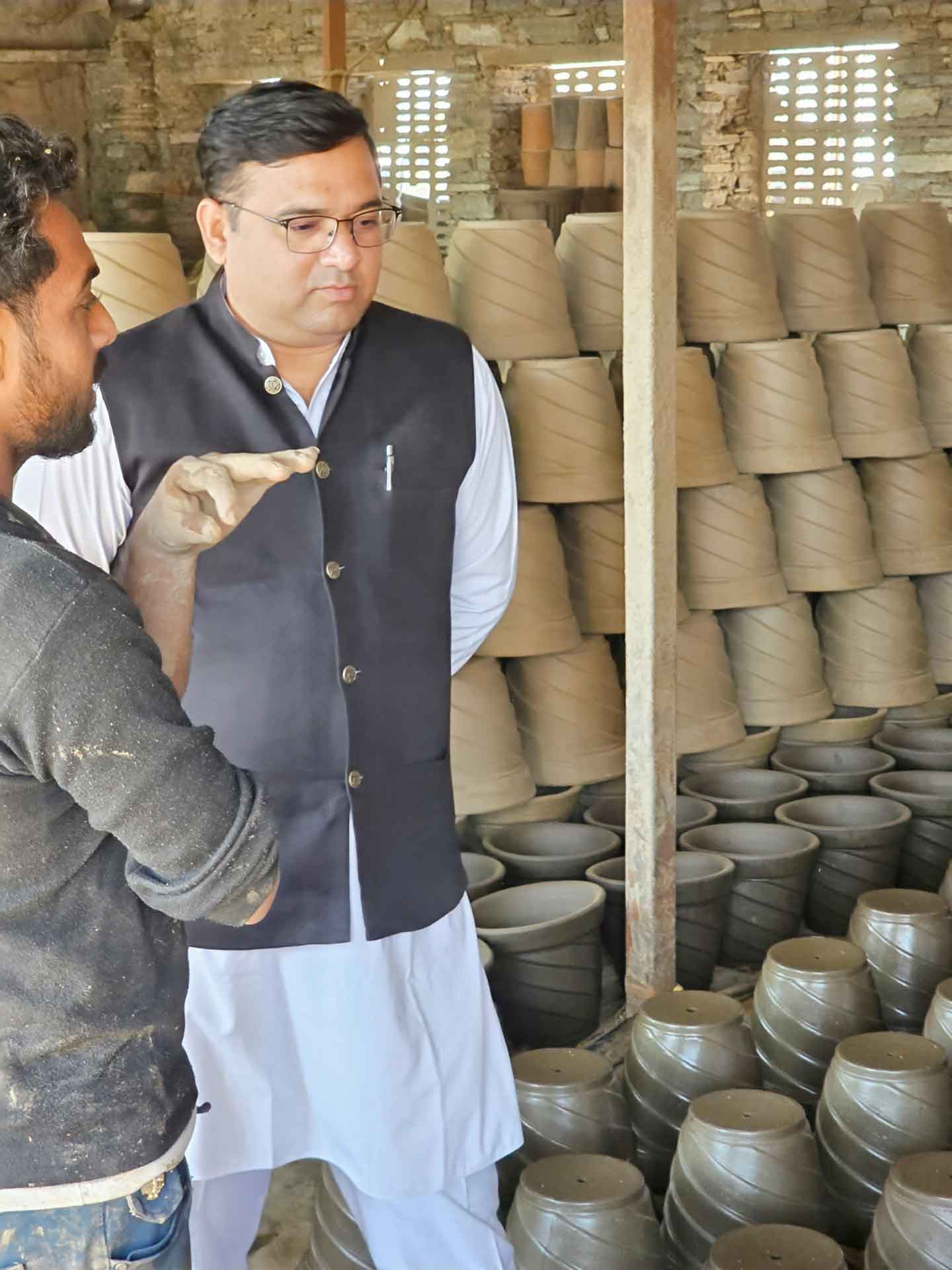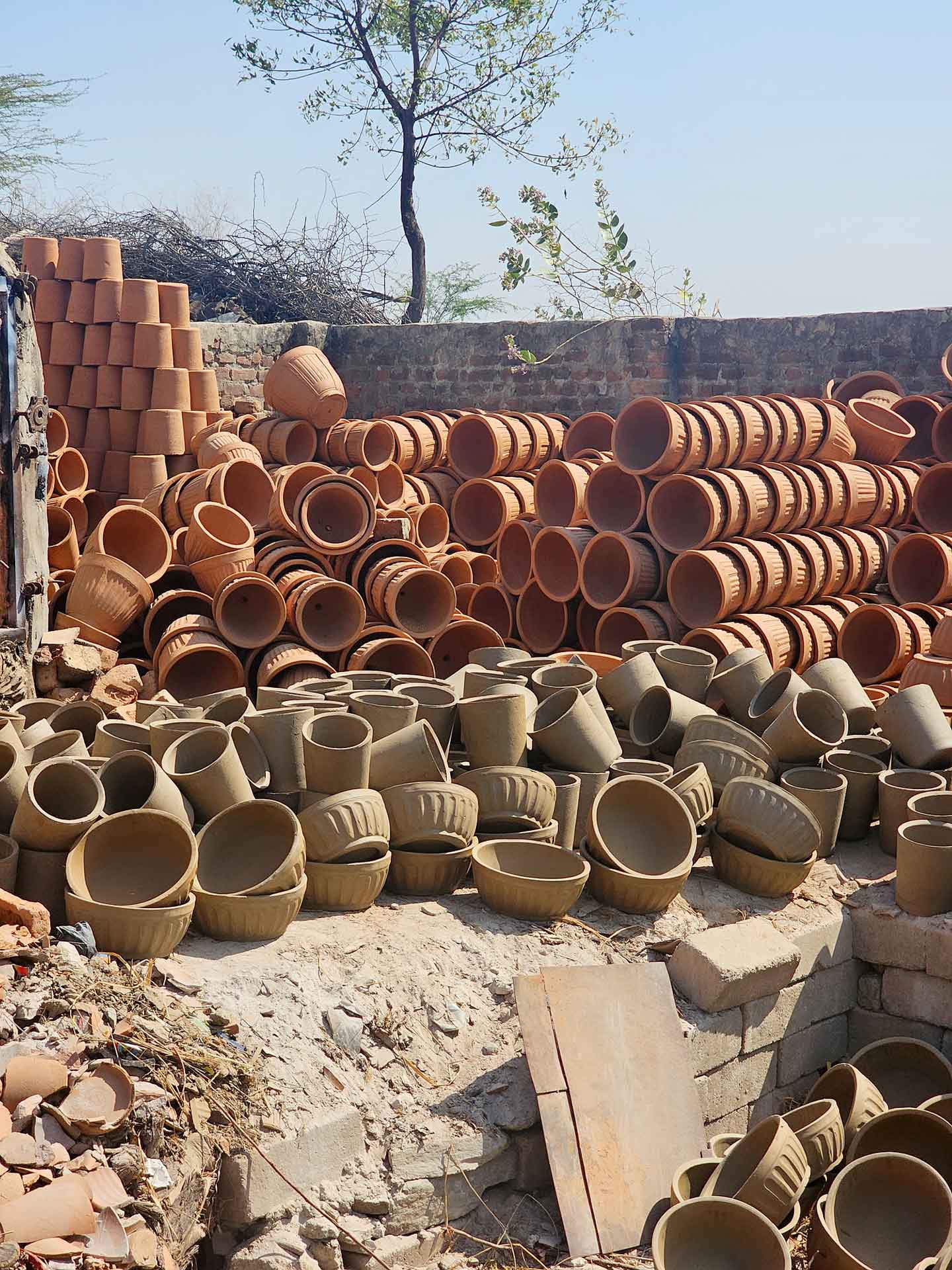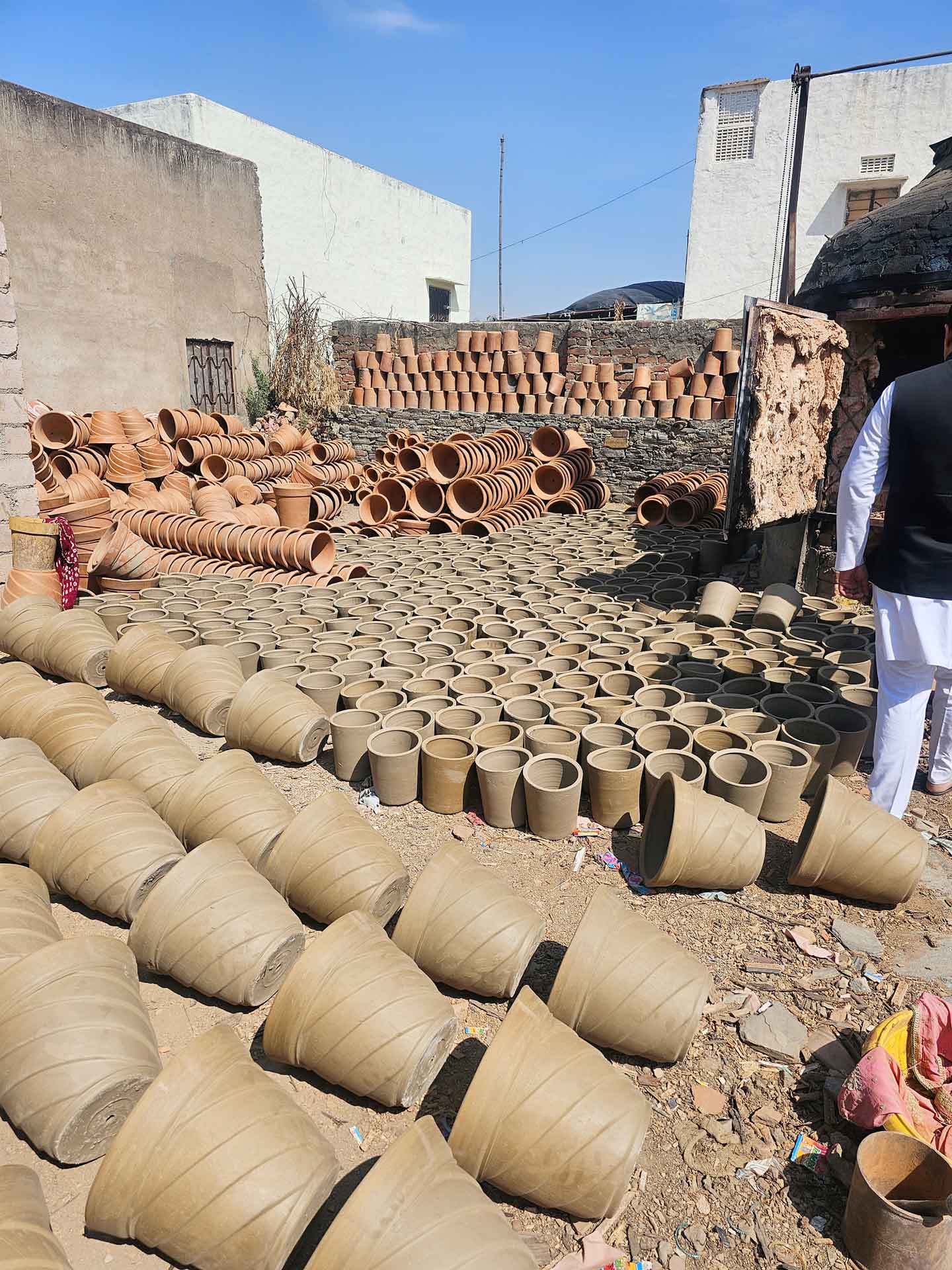About us
At India Potter, we invite you to explore the harmony of tradition and health in our exquisite collection of Indian pottery. Our carefully curated range not only captures the cultural essence but also promotes a healthier lifestyle through the ancient art of clay crafting.
Indian potter Nainu Khan Ji, known affectionately as Son of Rahim Khan ji, left an indelible mark on the art of pottery. His hands shaped clay with a rare finesse, creating pieces that spoke volumes about India's rich cultural heritage.
Shahid Musani
Director of Indian Potter (Musani Enterprises)
Embrace the Healthy Artistry of Indian Pottery
Storyline
1990
Nainu's journey came to a poignant end on November 23, 1964, but his legacy endured. Today, Shahid Musani and Team proudly carry forward the torch lit by Nainu. The studio stands as a living testament to the seamless blend of tradition and innovation that defined Nainu's work.
Visit us to witness the continuation of a master craftsman's legacy. Every piece at our studio tells a story, preserving the spirit and artistry of Nainu, ensuring that his influence remains alive in every creation.
Nainu's hands may rest, but his art thrives through Shahid Musani and Team - where the past meets the present, and the journey of clay continues.
2004
Indian's pottery was distinguished by its vibrant colors and intricate designs, reflecting the cultural tapestry of Rajasthan. Each piece told a story – of ancient folklore, of nomadic caravans that traversed the desert, and of the enduring spirit of the villagers.
2009
As the seasons changed, so did the rhythm of life in India. The monsoon brought rejuvenation to both land and spirit. The potters eagerly awaited the rains, for it signaled the time to replenish their clay reserves. The wet clay, pliable and full of life, bore the promise of new beginnings.
2011
The village became a hub of activity during festivals. Tourists and locals alike flocked to witness the mesmerizing process of pottery making. Musani would sit at his wheel, shaping the clay with unwavering precision, his hands moving like dancers in a traditional folk performance. The vibrant colors of the glazes mirrored the kaleidoscope of emotions that filled the village square.
2016
Yet, the winds of change blew softly through Village. Modernization cast a shadow on the traditional way of life. The younger generation, torn between preserving heritage and embracing the allure of urban life, faced a dilemma. Musani, the stalwart guardian, recognized the need for adaptation without compromising the essence of their craft.
2022
A community initiative emerged, blending tradition with innovation. The potters embraced eco-friendly practices, incorporating sustainable materials and modern techniques while keeping the age-old designs intact. The village workshops transformed into interactive spaces, where visitors could try their hand at the potter's wheel and immerse themselves in the timeless art.
Today
Village, with its clay threads weaving through time, stood as a symbol of resilience. The story of this pottery village in Rajasthan echoed the delicate balance between preserving tradition and embracing change—a narrative etched in the clay vessels that adorned homes far beyond the arid landscapes of Rajasthan.





